Choosing the wrong type of ultrasonic flow meter for clean fluids can lead to unnecessary costs and reduced accuracy.
For clean fluids without slurries or bubbles, transit-time ultrasonic flow meters are the best choice, offering accuracies up to ±0.5% and excellent repeatability.
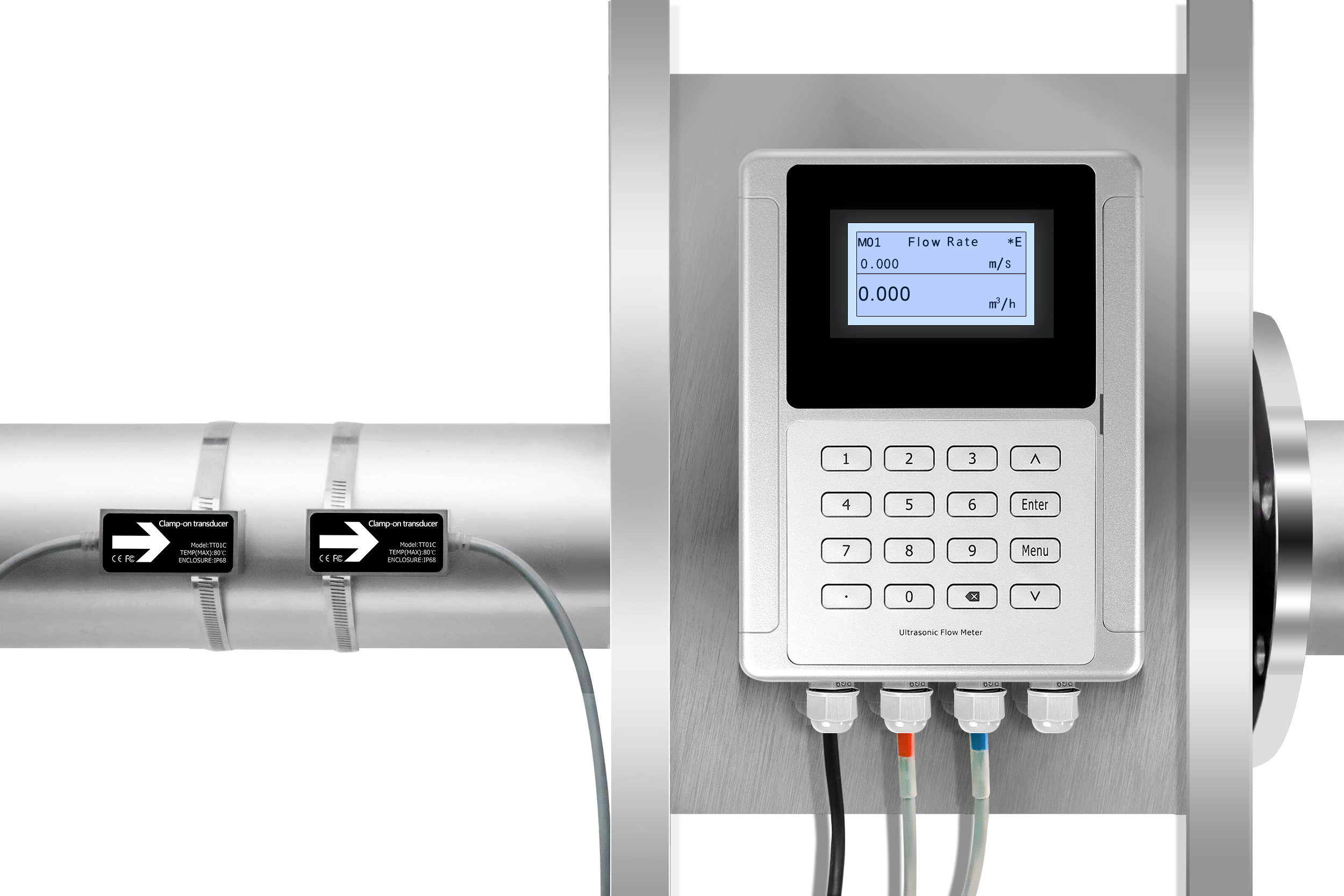
Transit-Time Flow Measurement
Let me share my experience in helping customers select the right ultrasonic flow meters for clean fluid applications.
What Are the Different Types of Ultrasonic Flowmeters?
Making an uninformed choice between ultrasonic flow meter types can result in poor performance and wasted investment.
The main types are transit-time meters for clean fluids and Doppler meters for fluids with particles, with each type available in clamp-on and inline versions.
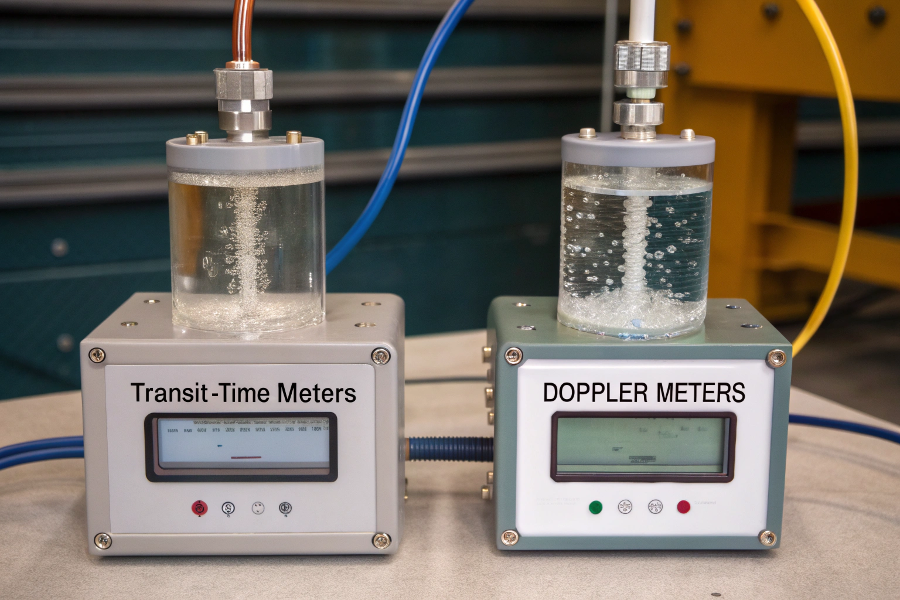
Ultrasonic Flow Meter Types
From my technical expertise:
Type Comparison
-
Main Categories
Type Best For Accuracy Installation Transit-Time Clean Fluids ±0.5% Clamp-on/Inline Doppler Dirty Fluids ±1-2% Clamp-on Hybrid Mixed Fluids ±1% Clamp-on/Inline Cross-Correlation Gas/Steam ±1-2% Inline -
Installation Methods
- Clamp-on benefits
- Inline advantages
- Sensor positioning
- Mounting requirements
Selection Criteria
-
Application Factors
- Fluid properties
- Flow conditions
- Accuracy needs
- Installation constraints
-
Performance Requirements
- Measurement range
- Response time
- Data output
- Communication needs
What Ultrasonic Flow Meter is Best for Fluid with Slurries, Liquids with Bubbles, and Gases?
Using transit-time meters for dirty fluids can lead to signal loss and measurement failures.
Doppler ultrasonic flow meters are optimal for fluids with particles and bubbles, while specialized ultrasonic meters are needed for gas measurement.
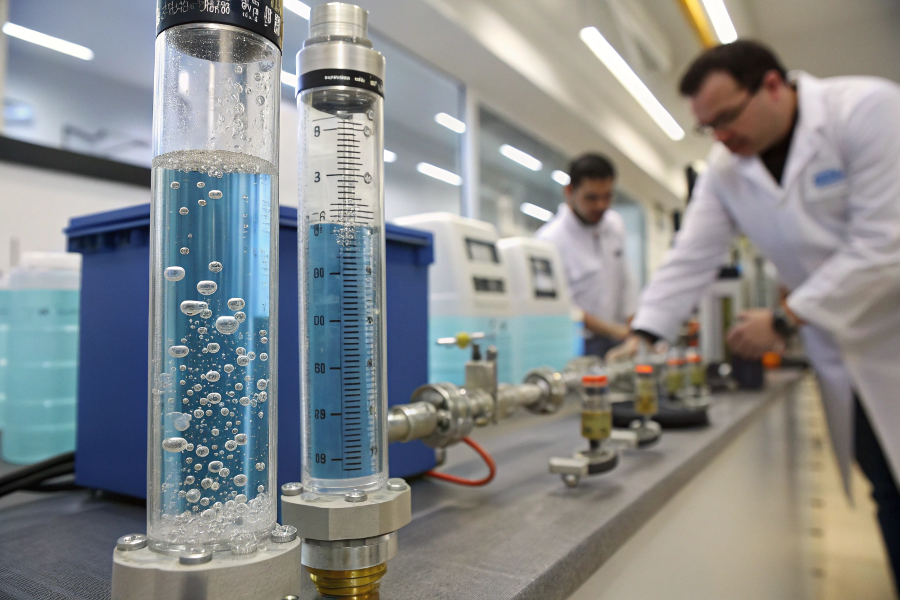
Doppler Flow Measurement
Based on my field experience:
Application Guidelines
-
Fluid Type Requirements
Media Meter Type Key Feature Slurries Doppler Particle Reflection Bubbly Liquids Doppler Bubble Detection Gases Specialized High Frequency Mixed Media Hybrid Dual Mode -
Performance Considerations
- Particle content
- Bubble size
- Flow velocity
- Signal strength
Installation Requirements
-
Mounting Considerations
- Pipe material
- Access points
- Straight run
- Signal path
-
Setup Parameters
- Sound velocity
- Fluid density
- Temperature range
- Flow profile
What Are the Two Types of Ultrasonic Devices?
Understanding the basic types helps in making informed decisions for your application.
The two fundamental types are transit-time devices for clean fluids and Doppler devices for fluids containing sound reflectors.
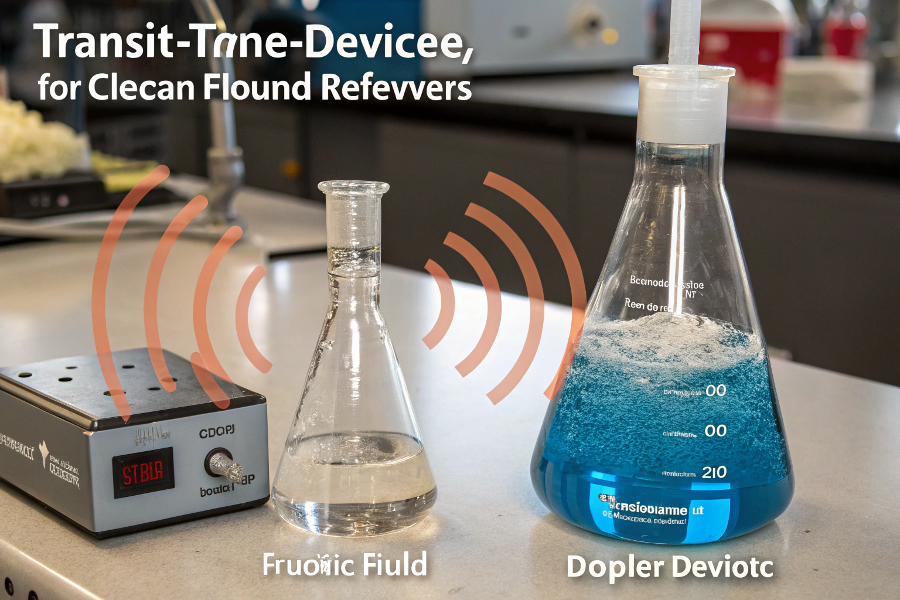
Ultrasonic Device Types
From my product knowledge:
Device Characteristics
-
Operating Principles
Feature Transit-Time Doppler Method Time Difference Frequency Shift Signal Path Direct Reflected Accuracy Higher Lower Applications Clean Fluids Dirty Fluids -
Technical Aspects
- Signal processing
- Sensor design
- Electronics
- Calibration methods
Application Specifics
-
Transit-Time Usage
- Water distribution
- Chemical processes
- Heat transfer
- Custody transfer
-
Doppler Applications
- Wastewater
- Mining slurries
- Paper pulp
- Food processing
What is the Most Accurate Type of Flow Meter?
Selecting a flow meter solely on accuracy claims can lead to disappointment if other factors aren’t considered.
Transit-time ultrasonic flow meters offer the highest accuracy among ultrasonic types, achieving up to ±0.5% in ideal conditions.
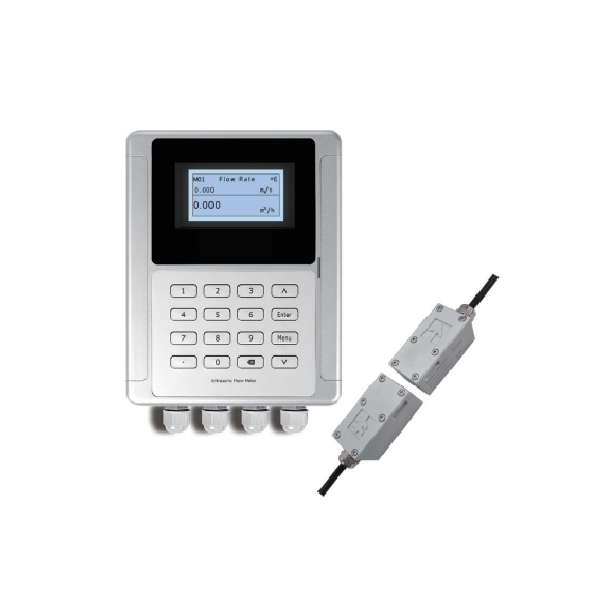
Flow Meter Accuracy Comparison
Drawing from my measurement expertise:
Accuracy Factors
-
Performance Comparison
Meter Type Best Accuracy Conditions Transit-Time ±0.5% Clean Fluid Coriolis ±0.1% Any Fluid Magnetic ±0.2% Conductive Vortex ±0.7% Clean Fluid -
Influencing Factors
- Installation quality
- Flow profile
- Fluid properties
- Environmental conditions
Optimization Tips
-
Accuracy Enhancement
- Proper installation
- Regular calibration
- Environmental protection
- Signal optimization
-
Maintenance Requirements
- Signal verification
- Zero checking
- Sensor cleaning
- Parameter updates
Conclusion
For clean fluids without particles or bubbles, transit-time ultrasonic flow meters provide the best combination of accuracy, reliability, and ease of use when properly installed and maintained.
